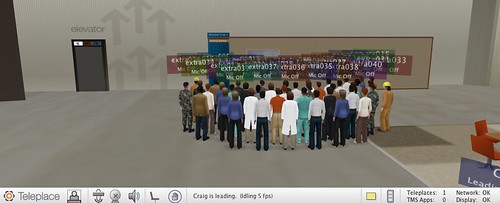
People have been having great pun as this has floated around the ‘net for a while, along with charges of Photoshopping, authentication via reviews of business directories, and charges of racism. Now within a day or so of the release of Gooogle Street View for Hong Kong, no more controversy. (Except for whether or not people should be offended by other people finding the joke offensive.)




